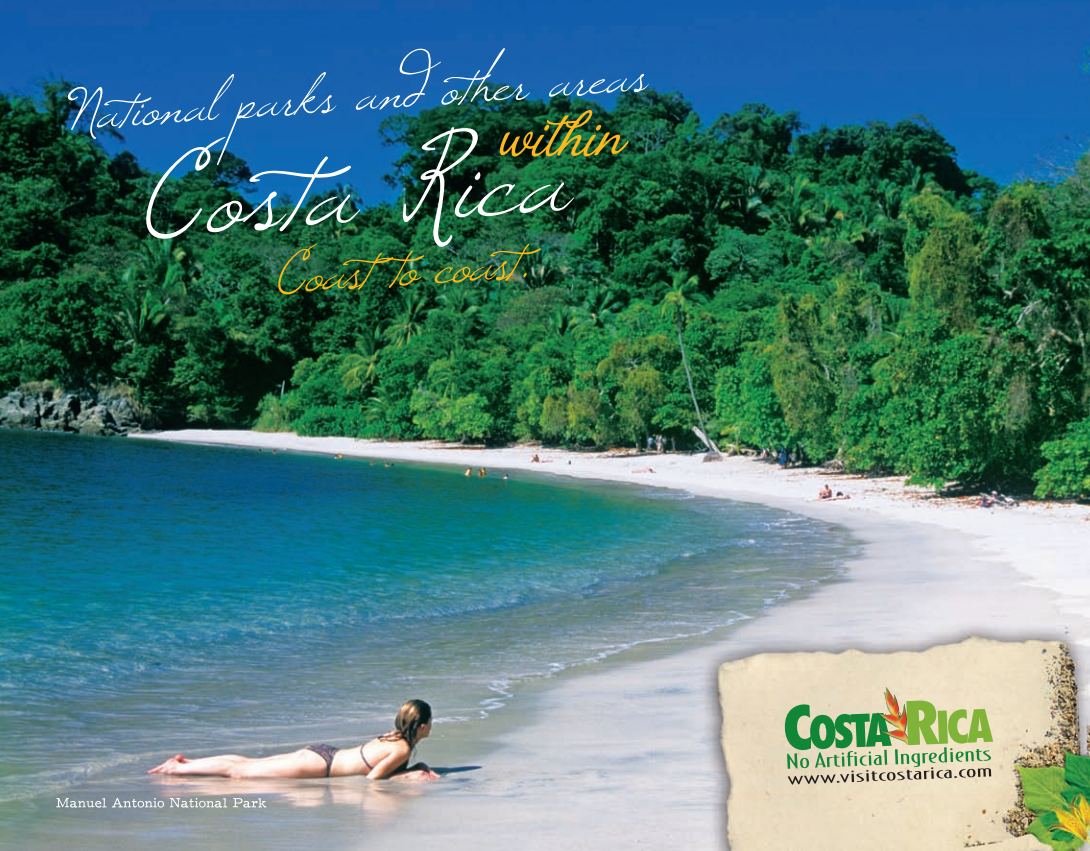In my group's project, the most valuable aspect of our chosen city is the huge amounts of cultural diversity there is in San Jose, which aids in the city's brand of cultural tourism. Cultural tourism is defined as tourism specifically concerned with the lifestyle, history, art, architecture, religion, and other things that helped shape peoples' way of living. While San Jose is mostly known as being a part of the Silicon Valley, and the Downtown area is definitely booming with many businesses and start-ups very well living up to the Silicon Valley standards, what is also important is the amount of diversity there is in the city. Having grown up in San Jose, I can safely declare that there is an abundance of ethnic cultures seen in various parts of the city as well. However, with this abundant diversity, there are also assimilated generations of all ethnic groups that face a problem: what is their culture, and do they know the importance of their roots? With culture that is lost, San Jose would not be a culturally diverse city anymore as masses of generational assimilation in the United States would slowly strip away their cultural identity. This is a big problem for many ethnic groups; however, our group will be focusing on Southeast Asian Americans. Some precautions we can take to not overuse/exploit/destroy this value is just to not take over and claim that we know what Southeast Asian history is and how each of their art looks like. We can have a group of 5 people that represent each part of Southeast Asians that have immigrated to San Jose from their home country because they are the ones who have fresh knowledge of their country's culture.

Source: http://qcostarica.com/2665000-tourists-visited-costa-rica-in-2015/
Question: I wonder if Vietnam were to bring in entrepreneurs from other countries, or maybe if the country's officials and nationals saw that if they were to focus on the environments and sciences, that their rates of tourism would also rise and be significantly high?
Sources:
“Translations for Cultural Tourism.” What Does Cultural Tourism Mean?, www.definitions.net/definition/cultural tourism.
Jones, Geoffrey Gareth, and Andrew Spadafora. "Entrepreneurs and the Co-Creation of Ecotourism in Costa Rica." (2016).
No comments:
Post a Comment